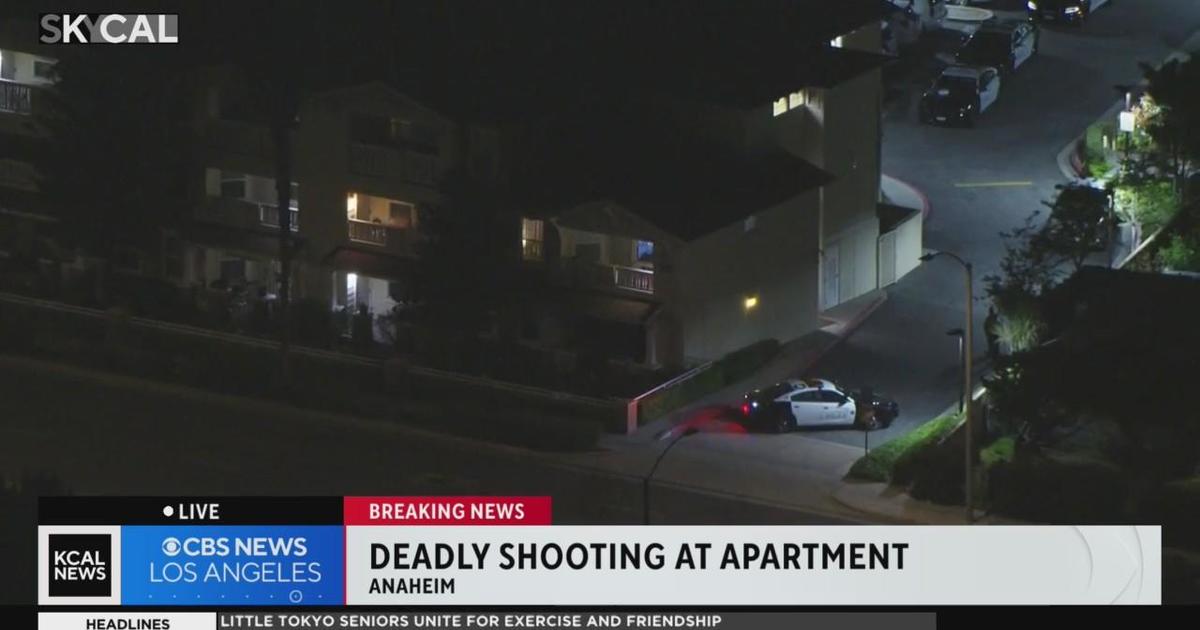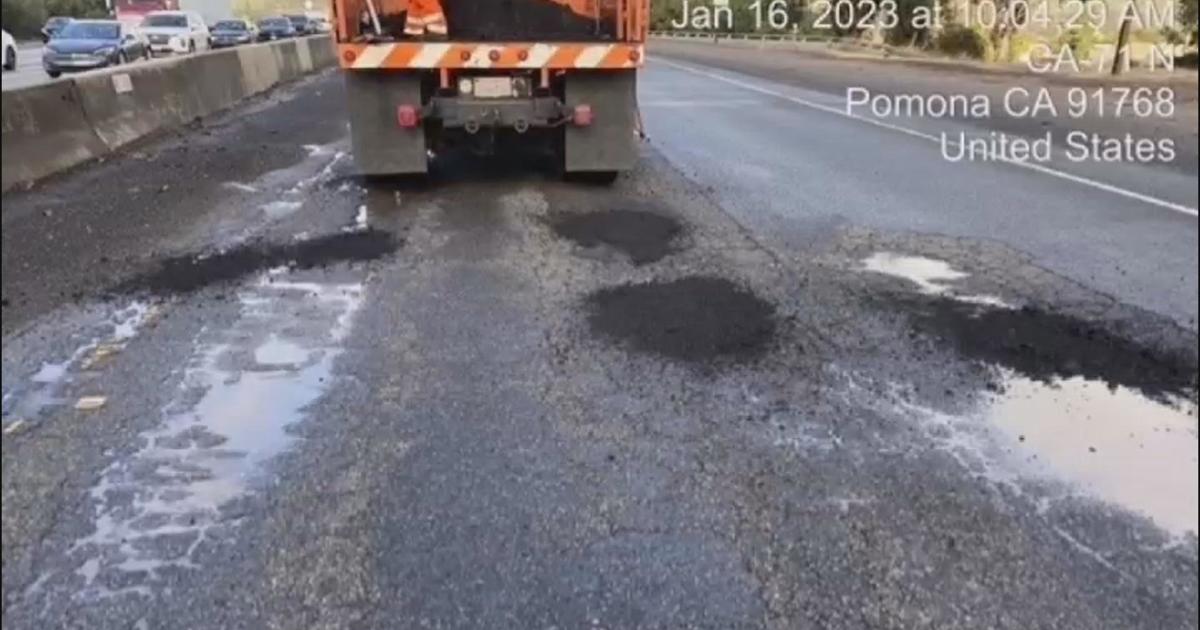SoCal-Based SpaceX Launches First-Ever Deep Space Mission For Private Company
Matt Kamlet, CBS Los Angeles
CAPE CANAVERAL, FL (CBSLA.com) — The aerospace industry seems to be no exception to the rule, "third time's the charm".
After a pair of delays, SpaceX, the space transport company based in Hawthorne, California, successfully launched their Falcon 9 rocket Wednesday, propelling the Deep Space Climate Observatory (DSCOVR) deeper into space than the company had ever ventured before.
The $340 million DSCOVR is now en route to an orbital point approximately one million miles out from Earth, where it will settle in a position where there is a balance of gravity between the Earth and the sun, known as the Lagrangian-1, or L1 point.
The value of the enterprise is immeasurable for the Southern-California-based company, which now launches regular missions to resupply the International Space Station. The moment that Falcon 9 rocket cleared the tower on Wednesday, the first vehicle launched to deep space by a private company left for the stars — as well as the annals of human history.
The launch itself was slated for Sunday, but was scrubbed as the result of issues with the Air Force's deep-range radar tracking system. The second attempt to launch was also put on hold, due to upper-level wind shears, similar to those that caused a halt to the initial launch of NASA's SMAP observatory in late January. Therefore, Wednesday's successful launch provided onlookers and followers with a sigh of relief.
One additional highly-anticipated aspect of Wednesday's launch, however, was called off.
In the interest of the company's goal of achieving rocket re-usability, SpaceX founder Elon Musk had designated a second attempt to land the launch vehicle's first stage on a drone ship, out on the ocean. The ambition of this difficult undertaking is to be able to re-use rockets after they've launched, drastically boosting the ability to launch into, or beyond, Earth orbit, while cutting the cost exceptionally.
The reason the rocket recovery was abandoned on Wednesday was due to unfavorable weather conditions, which dramatically decreased the success of the mission to below one percent.
Once at its designated L1 point, after about 110 days, DSCOVR will begin its mission to more accurately measure solar wind conditions, vastly improving the National Oceanic and Atmospheric Administration's Space Weather Prediction Center's ability to predict solar activities considered potentially harmful.
Such harmful activity includes dangerous solar storms that have the potential to interrupt satellites in Earth orbit and power grids.
The other side of the spacecraft has some fun features as well.
The Earth-facing side of DSCOVR has the job of capturing full-disk pictures of our planet, which may lead to improved climate prediction models. This aspect of the mission originated as an initiative by then-Vice President Al Gore in 1998.
When Vice President Gore left office in 2000, the mission was set aside, and eventually evolved into a study of solar activity.
"Located in line between the sun and the Earth, DSCOVR will be a point of early warning whenever it detects a surge of energy that could trigger a geomagnetic storm destined for Earth," Assistant Administrator for NOAA's Satellite and Information Service Stephen Volz, Ph.D., said.
"According to the National Academies of Sciences, a major solar storm has the potential to cost upwards of $2 trillion, disrupting telecommunications, GPS systems, and the energy grid. As the nation's space weather prediction agency, when DSCOVR is fully operational, and our new space weather forecast models are in place, we will be able to provide vital information to industries and communities to help them prepare for these storms."
The DSCOVR mission is a shared partnership between NOAA, NASA and the U.S. Air Force.
NOAA provided NASA with funding for the spacecraft's refurbishment, as well as its solar wind instrumentation. NASA also developed the command and control aspects of the ground segment, and managed the launch. Upon its arrival at the L1 point, NASA will be in charge of activating the satellite.
Launch services for the mission were funded and overseen by the Air Force, marking the first Falcon 9 mission to launch for the Department of Defense.



